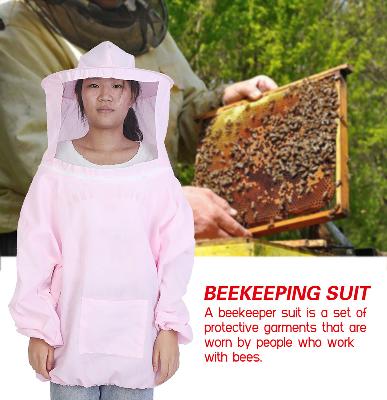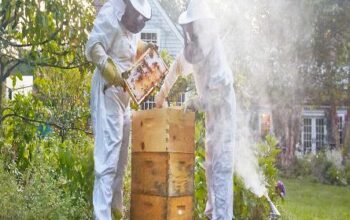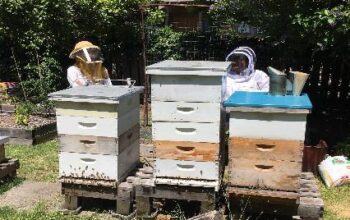
Tips and Information Beekeeping is not only an exciting outdoor hobby but also a rewarding endeavor that allows you to care for your own colony while enjoying the benefits of fresh, homegrown honey and promoting a healthy ecological balance through pollination. If you’re new to beekeeping, it’s essential to gather the right knowledge, acquire the necessary tools and clothing, and understand how to maintain honeybee colonies throughout the seasons. Here are some effective guidelines for successful beekeeping: Learn and Research: Start by immersing yourself in the world of beekeeping. Engage in online research or consider enrolling in classes provided by experienced beekeepers or associations. Learn about the different tools, hive options, acquiring bees, and best practices for maintaining your colonies as the seasons change. This knowledge will help you prepare and make informed decisions before embarking on your beekeeping journey. Selecting the Right Hive and Location: Choose the hive type that suits your beekeeping goals. Consider factors such as design, operational requirements during honey harvesting, maintenance needs, cost, and the ideal location on your property. Ensure the hive is placed on a stable, level surface, away from strong winds. Bees thrive in morning sun and appreciate afternoon shade. Avoid locating the hive near busy sidewalks or noisy areas. Acquiring Bees: Bees can be purchased in packages or nucleus colonies. A package typically contains around 10,000 bees, with the queen often separated. Nucleus colonies come with a queen already laying eggs and several comb frames. For beginners, starting with a nucleus colony is often easier as it facilitates colony introduction and quicker egg-laying by the queen. Alternatively, you can trap bees searching for a new home. Ordering bees in January and receiving them in the spring allows time for development and preparation before the honey harvest in fall. Maintenance and Equipment: Once your bees are settled in their hives, provide them with water and food, and regularly inspect their health. Monitor the queen’s egg-laying activity, as a healthy queen can lay up to 1,500 eggs per day. Keep their living environment clean and free from harmful organisms. Handle bees with care to avoid harm, and ensure they have enough honey stored for themselves before harvesting. For honey harvesting and maintenance work, essential equipment includes protective gloves and a veil to prevent stings, a smoker to keep bees calm, and a hive tool for manipulating frames. Popular Bee Breeds: Carniolan: very easy going Buckfast: Excellent honey producers. Italian: Also recognized for honey production. In conclusion, beekeeping is a rewarding and relatively affordable venture. With the right knowledge and commitment, it can provide numerous benefits.


